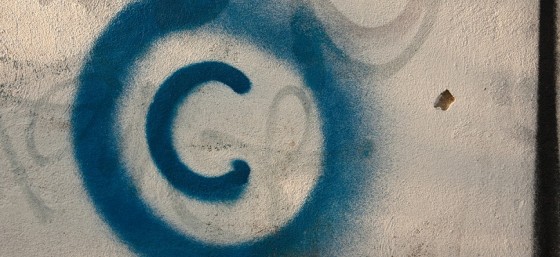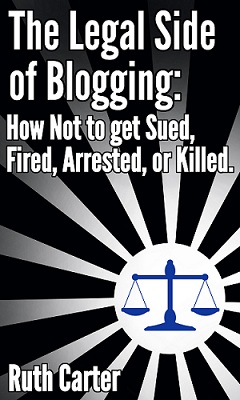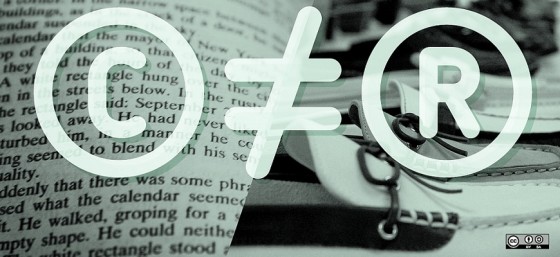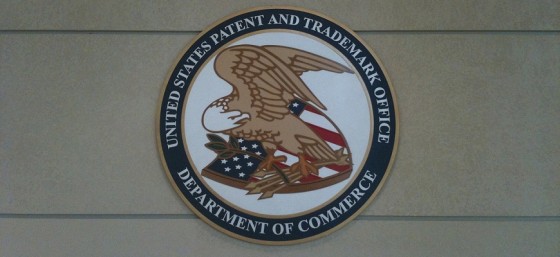
When I speak, I often refer to previous blog posts as potential resources for attendees. I frequently talk about copyright issues and I realized I haven’t written a post about copyright basics. So let me fix that.
What is Copyright?
The copyright law gives you rights to your original work. Your work may be comprised of text, drawings, photographs, video, sculpture, music, etc. When you create something, you have the right to control where your work is copied, distributed, displayed, performed, and what derivative works can be made from it.
What’s a Derivative Work?
When Do You Get Copyright Rights?
You get your copyright rights the moment your work is fixed in any tangible medium. It has to be a work you’ve created, not just an idea in your head. You do not have to register your work with the U.S. Copyright Office or even put a copyright notice on your work (“©[YEAR] [YOUR NAME]”) to get your rights.
How Long Does Copyright Last?
For all works created on or after January 1, 1978, the duration of copyright is as followed:
- For work created by an individual: Life of the author + 70 years
- For work created by a company: 120 years from the date of creation
After this time period, the work become part of the public domain and anyone can use it for any purpose without needing the copyright owner’s permission. The owner of a copyright can give up their rights to their work at any time by releasing it into the public domain. If they release a work into the public domain, they can never reclaim their copyright rights.
What’s the Difference Between Copyright and Trademark?
What’s the Benefit of Registering a Copyright with the Copyright Office?
There are two main benefits for registering your copyright with the U.S. Copyright Office:
- It is strong evidence that you actually own what you claim you own.
- You cannot sue for copyright infringement unless you register your work with the Copyright Office.
If you want to be in a position where you can sue for copyright infringement when someone steals your work, talk to a copyright attorney about your copyright strategy. There are many ways to protect your work. This is where the law can get really complicated and you want to make sure you’ve set yourself up for your desired outcome.
How Do You Register Your Work with the Copyright Office?
You can register your work on the Copyright Office’s website. You’ll need to fill out the form, upload a copy of your work, and pay a filing fee. The filing fee for a single work is $35-55. You can do this yourself, but the Copyright Office’s website is not very user-friendly. I recommend at least hiring an attorney to walk you through the process the first time.
 If you want to do it all yourself, allot at least 2-3 hour to get through it the first time. And you might want to have an adult beverage on ice as a reward at the end of the process.
If you want to do it all yourself, allot at least 2-3 hour to get through it the first time. And you might want to have an adult beverage on ice as a reward at the end of the process.
To put it in context, it took me an hour the first time I registered my own work and I knew what I was doing. (I have a certificate in intellectual property in addition to my law degree.) Now, I can submit an application to register a copyright in under 30 minutes most of the time.
I hope this has been helpful. If you have questions about how copyright works in terms of the internet, social media, and /or blogging, please check out my book, The Legal Side of Blogging: How Not to get Sued, Fired, Arrested, or Killed. Approximately half the book addresses copyright issues.
If you want to talk more about copyright, feel free to connect with me on Twitter, Facebook, YouTube, LinkedIn, or you can email me. You can also subscribe to the Carter Law Firm newsletter.
Please visit my homepage for more information about Carter Law Firm.










